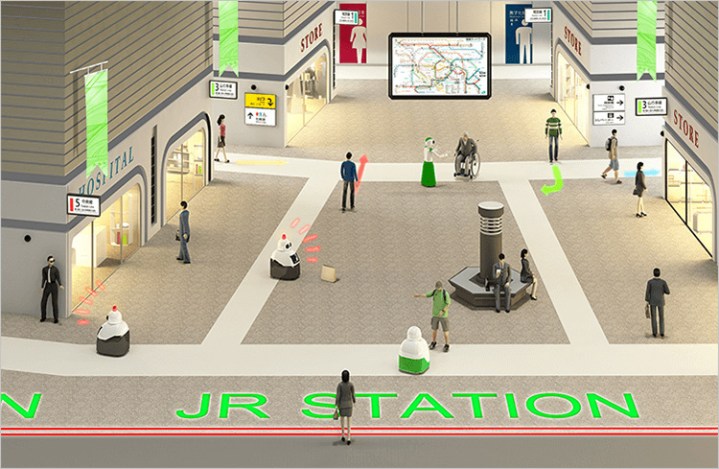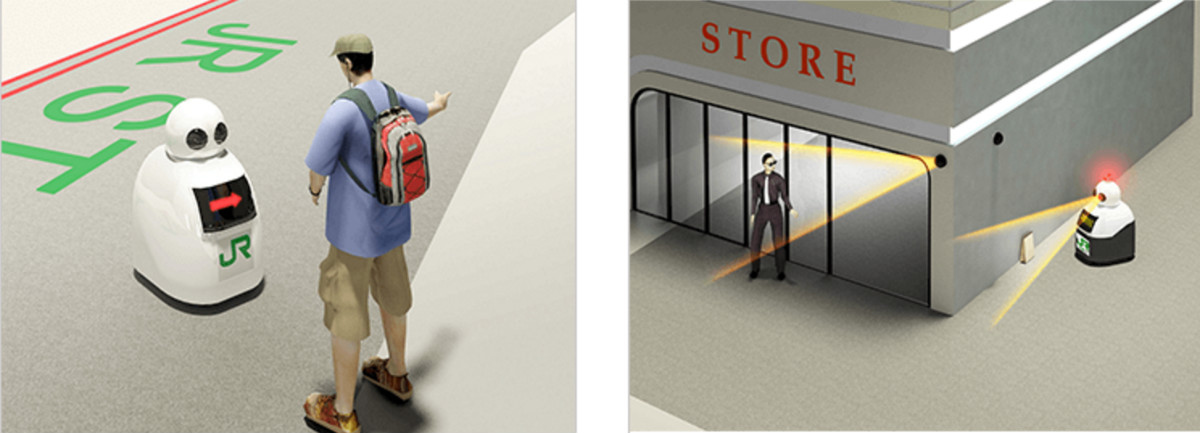
JR East, which operates a good many train services in the east of the country, has just set up a new company to develop robot technology for a range of activities, RocketNews24 reported this week.
JRA Robotics Station, as it’s called, will work on building a guidance robot to help travelers navigate busy train stations, leading them to their train or the appropriate exit. The wheel-based bots will have multi-language capabilities to assist the increasing number of tourists coming from overseas. Even better, the robots are set to include spaces for luggage, enabling you to proceed through the station in a more comfortable fashion while reducing the likelihood of a hurrying office-bound salaryman tripping over your suitcase.
The new company’s plans also include developing robots that can clean the stations and perform security functions using on-board cameras to spot suspicious behavior, with automatic alerts sent to nearby human officers.
As RocketNews24 points out, JR East also operates other facilities such as shopping malls and hotels, so its robots could be deployed in those locations, too.
It’s not clear how long it will be before these multi-talented robots go into service, but with the Olympics coming to Tokyo in 2020, many Japanese companies — with JR East likely among them — are keen to showcase their offerings to the millions of overseas travelers expected to visit the country during the grand sporting extravaganza.
There’s already been much talk of introducing self-driving taxis in Tokyo by 2020, with several local firms making progress toward making them a reality. Meanwhile, Pepper the “emotional” robot was launched by Japanese telecoms giant SoftBank several years ago to perform a variety of tasks for humans, and has already been deployed at a number of facilities both inside and outside of the country.
Another factor motivating Japan’s interest in robot technology is the nation’s rapidly aging economy and shrinking population, with labor shortages a growing problem for many firms in a country traditionally resistant to large-scale immigration.
Editors' Recommendations
- So THAT’S why Boston Dynamics retired its Atlas robot
- Bear-repelling ‘Monster Wolf’ robot gets wider deployment
- Amazing Atlas robot shows it’s almost ready for work
- Space station’s new robotic arm springs to life
- Amazon reveals the science behind Astro, its new home robot



